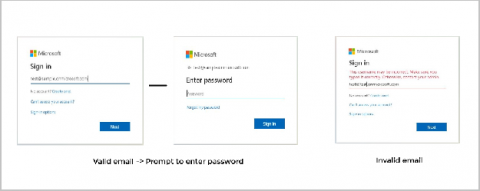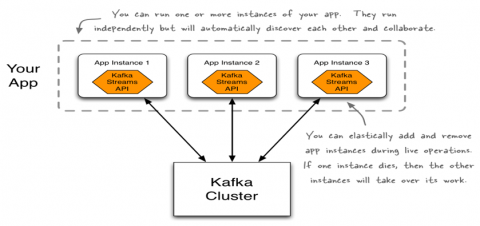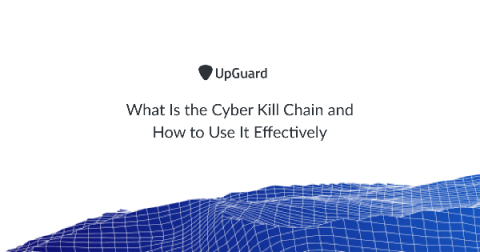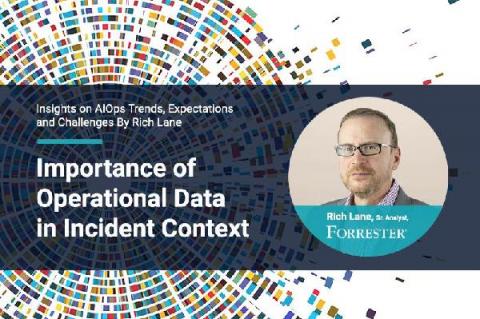How the COSO Framework Helps You Comply with SOX
In May 2013, the Committee of Sponsoring Organizations of the Treadway Commission (COSO) released its updated Internal Control-Integrated Framework. COSO is an organization that aims to improve organizational performance and corporate governance through effective internal control, enterprise risk management, and fraud deterrence.











